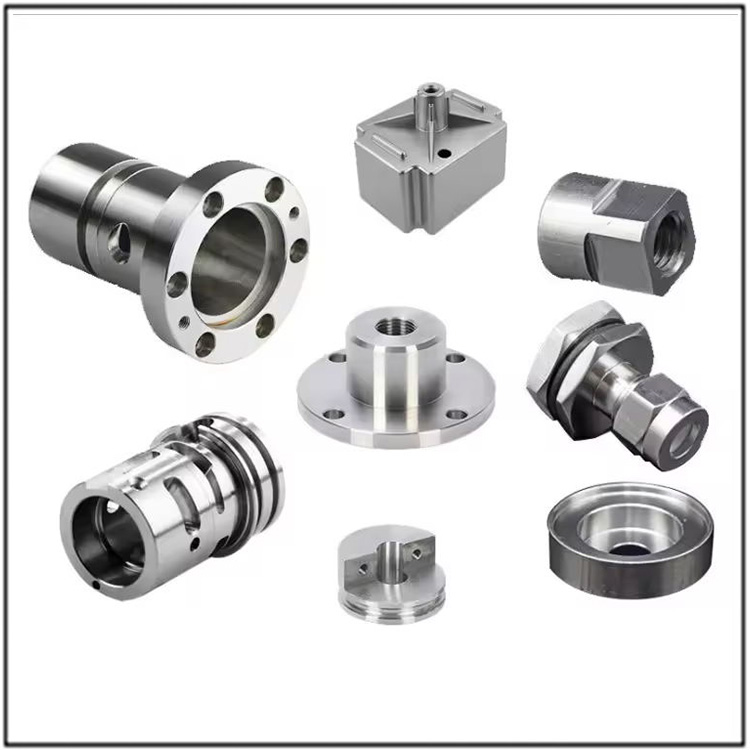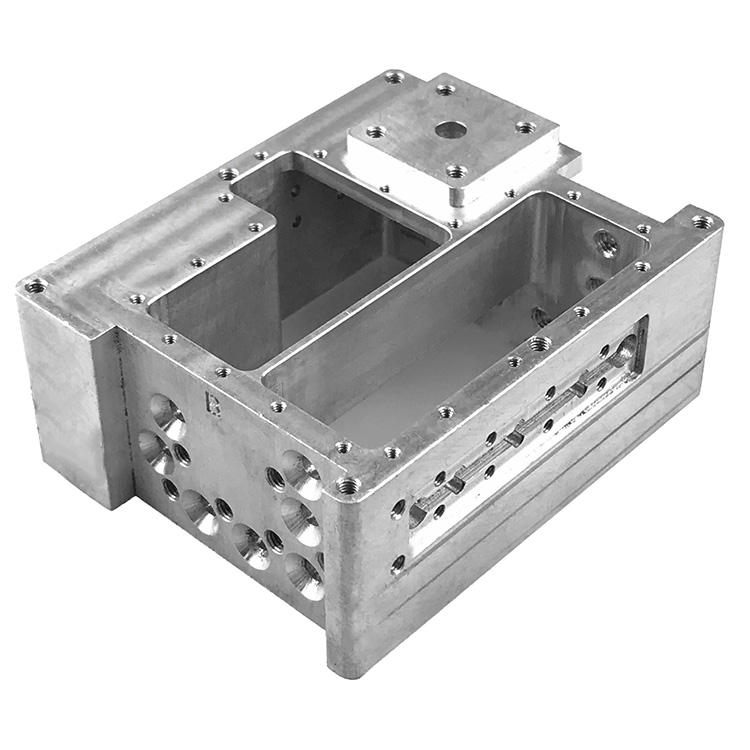
CNC is the abbreviation for numerical control machine tools, and CNC tool lines refer to the marks left on the surface of the workpiece by the cutting tool during the machining process of the numerical control machine tool. These traces usually exhibit certain regularity and periodicity, which are related to factors such as the cutting method of the tool, the geometric shape of the tool, and the material of the workpiece.
The formation of CNC tool lines is mainly due to the following reasons. Firstly, the cutting tool will generate strong friction with the surface of the workpiece during the cutting process, which will cause plastic deformation of the material on the surface of the workpiece, thus forming a cutting edge. Secondly, the geometric shape of the cutting tool can also affect the formation of the cutting pattern. For example, parameters such as the tip radius and blade angle of the cutting tool can affect the force situation during cutting, which in turn affects the shape and distribution of the cutting edge. In addition, the material properties of the workpiece are also important factors affecting the cutting edge. The hardness, toughness, and other properties of different materials vary, resulting in different tool lines generated during the processing.
So, what impact do CNC tool patterns have on the quality of workpieces? Generally speaking, CNC tool patterns have a certain impact on the surface quality of workpieces. The presence of knife marks can make the surface of the workpiece rough and reduce the surface smoothness. In addition, tool lines may also affect the dimensional and shape accuracy of the workpiece, especially in high-precision machining, where the impact of tool lines is more pronounced. Therefore, in some machining fields that require high surface quality and accuracy, such as aerospace, automotive manufacturing, etc., measures are usually taken to reduce or eliminate the influence of CNC tool lines.
In order to reduce the impact of CNC tool lines, engineers usually adopt the following methods. Firstly, they will choose appropriate tool materials and tool geometries to improve the wear resistance and cutting performance of the tools. Secondly, by optimizing cutting parameters such as feed rate and cutting depth, the formation of tool lines can be reduced. In addition, the use of advanced processing techniques and technologies such as high-speed machining and ultra precision machining can effectively reduce the impact of tool lines.
In addition to its impact on workpiece quality, CNC tool lines also have certain aesthetic value. In some art processing fields, such as wood carving, metal carving, etc., artists use CNC knife patterns to create unique artistic effects. By programming and controlling the tool path, various textures and patterns can be formed on the surface of the workpiece, making the work more artistically infectious.
Overall, CNC tool lines are an inevitable phenomenon in the machining process of CNC machine tools, but through reasonable processes and technical measures, their impact on workpiece quality can be minimized. At the same time, CNC knife patterns also provide artists with a means of creation, allowing them to showcase their unique artistic charm in their works. I hope this article can provide readers with a deeper understanding of CNC tool lines.










